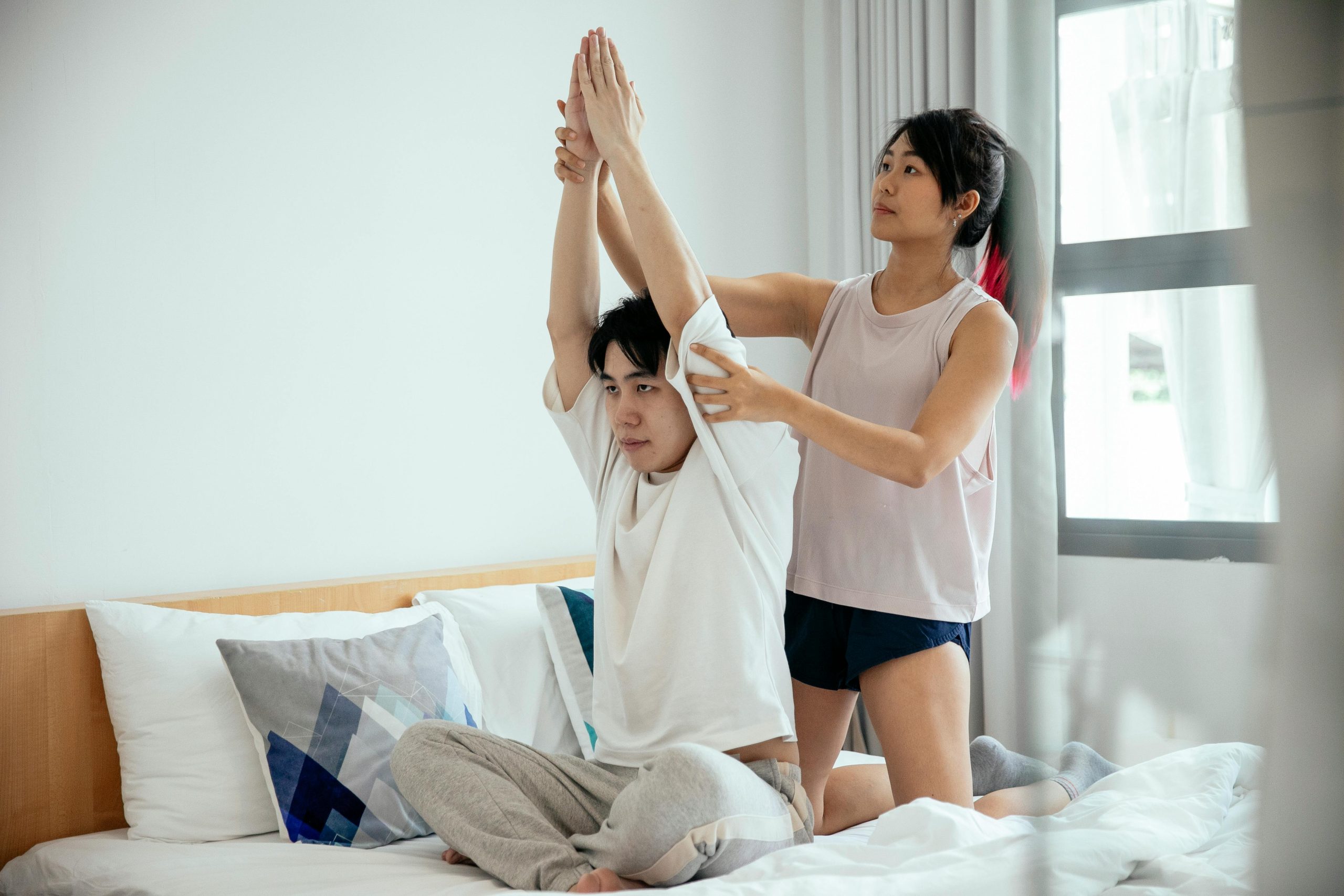Starting a yoga practice at home can be a game-changer for both your mental and physical well-being. Whether you’re looking to relieve stress, improve flexibility, or simply carve out a few moments of peace in your day, yoga offers a gentle yet powerful way to achieve these goals. The best part? You don’t need any prior experience or fancy equipment—just a quiet space and a willingness to explore. This beginner’s guide will walk you through the essentials of home yoga, offering practical tips to help you get started on your journey toward relaxation and greater flexibility.
Why Yoga Is Perfect for Stress Relief and Flexibility
Yoga has been practiced for thousands of years, and its benefits are well-documented. For beginners, it’s an accessible way to unwind while also improving mobility. The combination of deep breathing, mindful movement, and stretching helps activate the parasympathetic nervous system, which counteracts stress and promotes relaxation. At the same time, yoga postures gently lengthen muscles, release tension, and enhance joint mobility—making it ideal for those who sit for long hours or feel stiff.
Studies have shown that regular yoga practice can lower cortisol levels (the stress hormone), reduce anxiety, and improve sleep quality. Additionally, poses like Downward Dog and Forward Fold target tight hamstrings and shoulders, areas where many people hold tension. By incorporating yoga into your routine, you’ll not only feel calmer but also notice gradual improvements in your flexibility.
Essential Yoga Poses for Beginners
If you’re new to yoga, starting with foundational poses will help you build strength and confidence. Here are five beginner-friendly poses to try:
1. Child’s Pose (Balasana)
This resting pose gently stretches the hips, thighs, and lower back while encouraging deep breathing. Kneel on the floor, sit back on your heels, and fold forward with your arms extended or resting by your sides.
2. Cat-Cow Stretch (Marjaryasana-Bitilasana)
A dynamic duo that warms up the spine and relieves tension. Move between arching your back (Cow) and rounding it (Cat) in sync with your breath.
3. Downward-Facing Dog (Adho Mukha Svanasana)
This classic pose stretches the hamstrings, calves, and shoulders while strengthening the arms and legs. Focus on pressing your heels toward the floor and lengthening your spine.
4. Standing Forward Bend (Uttanasana)
A simple yet effective stretch for the entire backside of the body. Bend at the hips and let your head hang heavy to release neck tension.
5. Legs-Up-the-Wall Pose (Viparita Karani)
Perfect for relaxation, this pose involves lying on your back with your legs resting against a wall. It helps reduce stress and improve circulation.
Creating a Relaxing Yoga Space at Home
Your environment plays a big role in your yoga practice. Here’s how to set up a calming space:
- Choose a Quiet Spot: Find a clutter-free area where you won’t be disturbed—even a corner of your living room works.
- Use a Yoga Mat: A non-slip mat provides cushioning and stability for your practice.
- Set the Mood: Dim lighting, candles, or soft music can enhance relaxation.
- Keep Props Handy: Blocks, straps, or even a folded blanket can help modify poses for comfort.
Remember, your yoga space doesn’t need to be perfect—just inviting enough to help you focus and unwind.
Tips for Consistency and Progress
Starting a yoga routine is exciting, but staying consistent can be challenging. Here’s how to make it a habit:
- Start Small: Even 10-15 minutes a day can make a difference.
- Follow a Routine: Beginner-friendly YouTube videos or apps can guide your practice.
- Listen to Your Body: Avoid pushing into pain—yoga should feel nourishing, not forced.
- Track Your Progress: Note how you feel after each session to stay motivated.
Over time, you’ll notice increased flexibility, better posture, and a greater sense of calm. Celebrate small victories along the way!
Conclusion
Yoga is a beautiful practice that meets you where you are, offering both immediate stress relief and long-term flexibility benefits. By starting with simple poses, creating a peaceful space, and committing to regular practice, you’ll soon experience the transformative power of yoga—right in the comfort of your home. Remember, the journey is personal, so be patient with yourself and enjoy the process. Roll out your mat, take a deep breath, and let your yoga journey begin.
